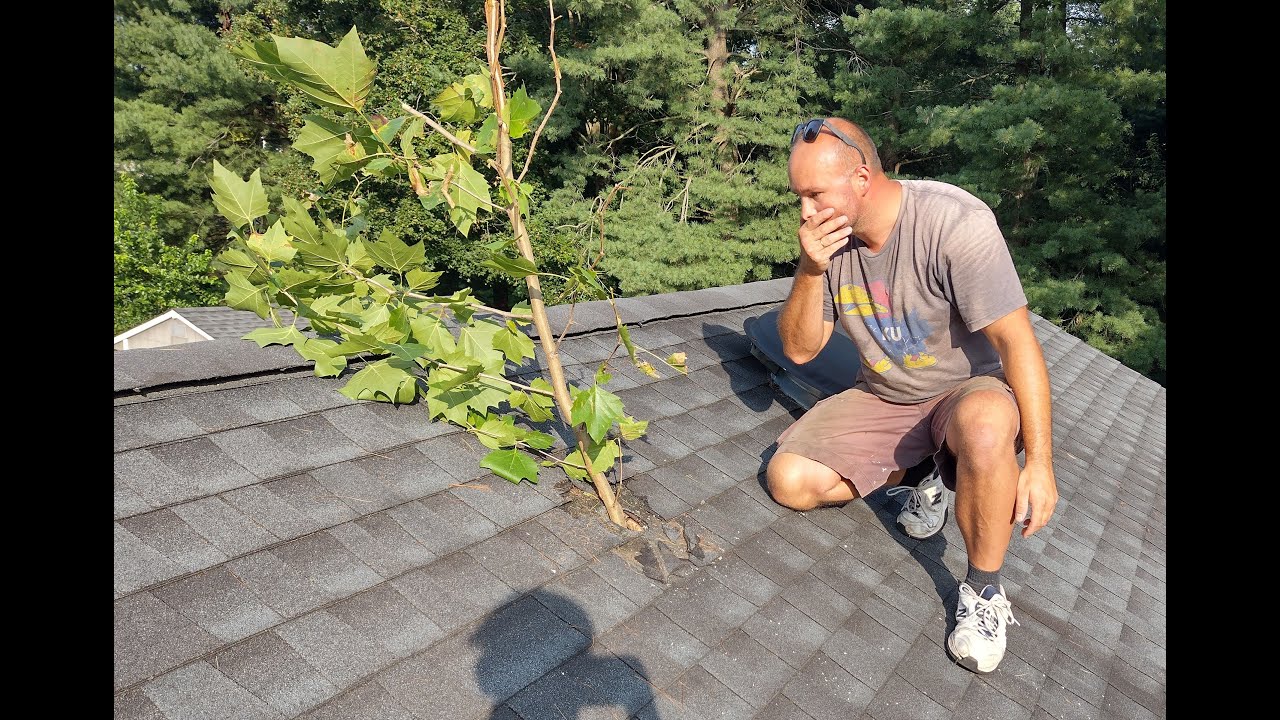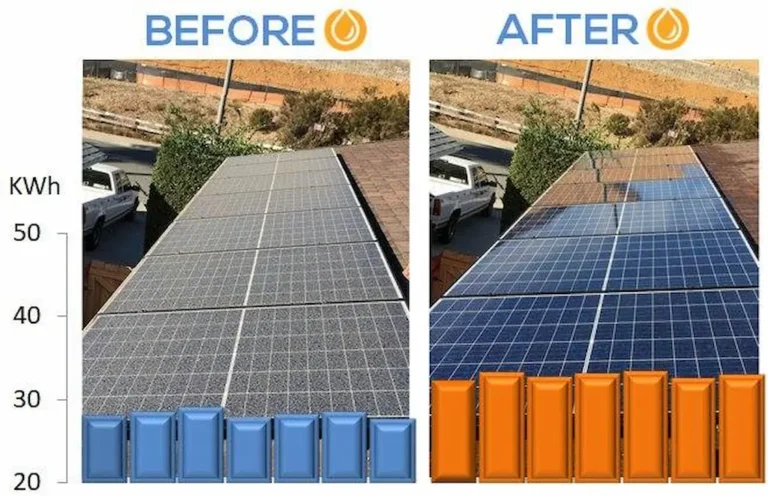Discovering a hole in your roof can be alarming, but with the right knowledge and tools, you can often fix the problem yourself. This guide will walk you through the process of repairing holes in your roof, from small punctures to larger damages.
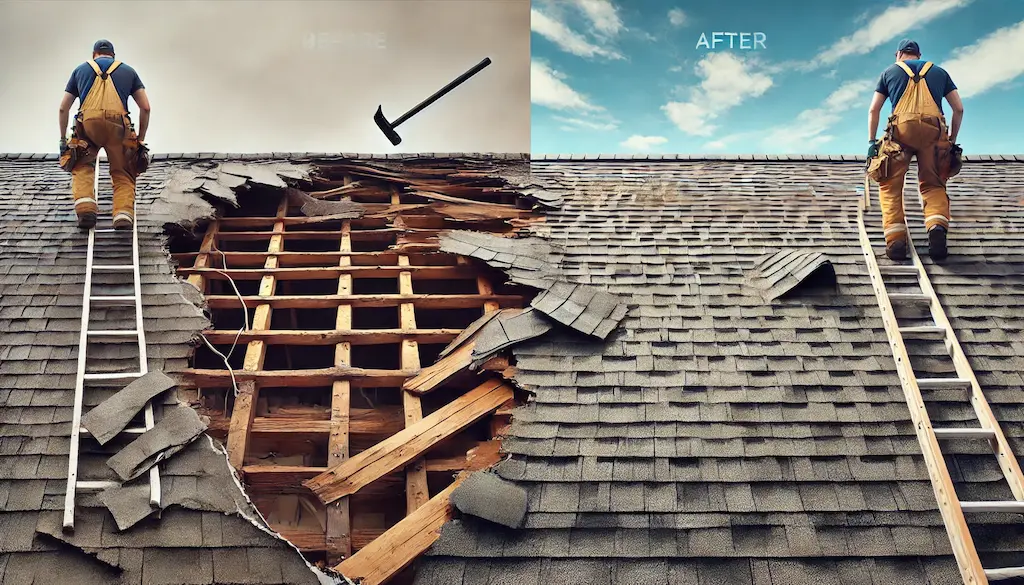
Understanding Roof Damage
Holes in roofs can occur for various reasons:
- Storm damage from fallen branches , Learn more about hail damage repair in our comprehensive guide Comprehensive Guide on Hail Damage Roof Repair.
- Removal of old fixtures like HVAC units or vents
- Accidental damage during installations
- Wear and tear over time
No matter the cause, it’s crucial to address roof holes promptly to prevent water damage and further structural issues.
Assessing the Damage
Before starting any repair, carefully inspect the hole:
- Measure the size of the damage
- Check for surrounding water damage or rot
- Determine if it’s a job you can handle or if you need professional help
For larger or complex damages, it’s best to consult a roofing expert
DIY Repair Methods

Patching Small Holes
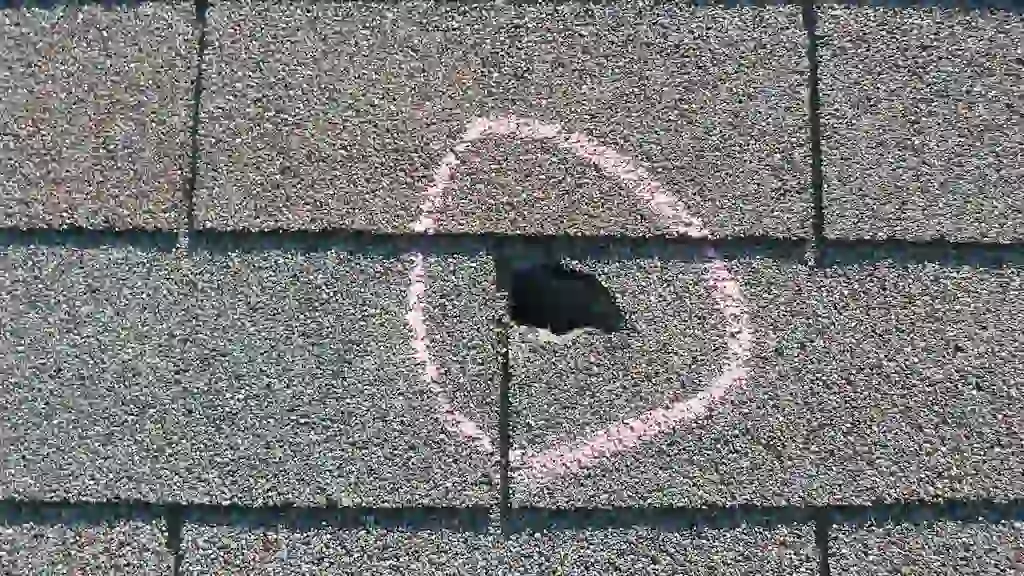
For tiny holes or cracks:
- Clean the area around the hole
- Apply roofing sealant or repair tape
- Cover with a piece of flashing if needed
check out our guide How to Patch a Leaky Roof: A DIY Guide to Roof Spot Repair.
Fixing Medium-Sized Holes
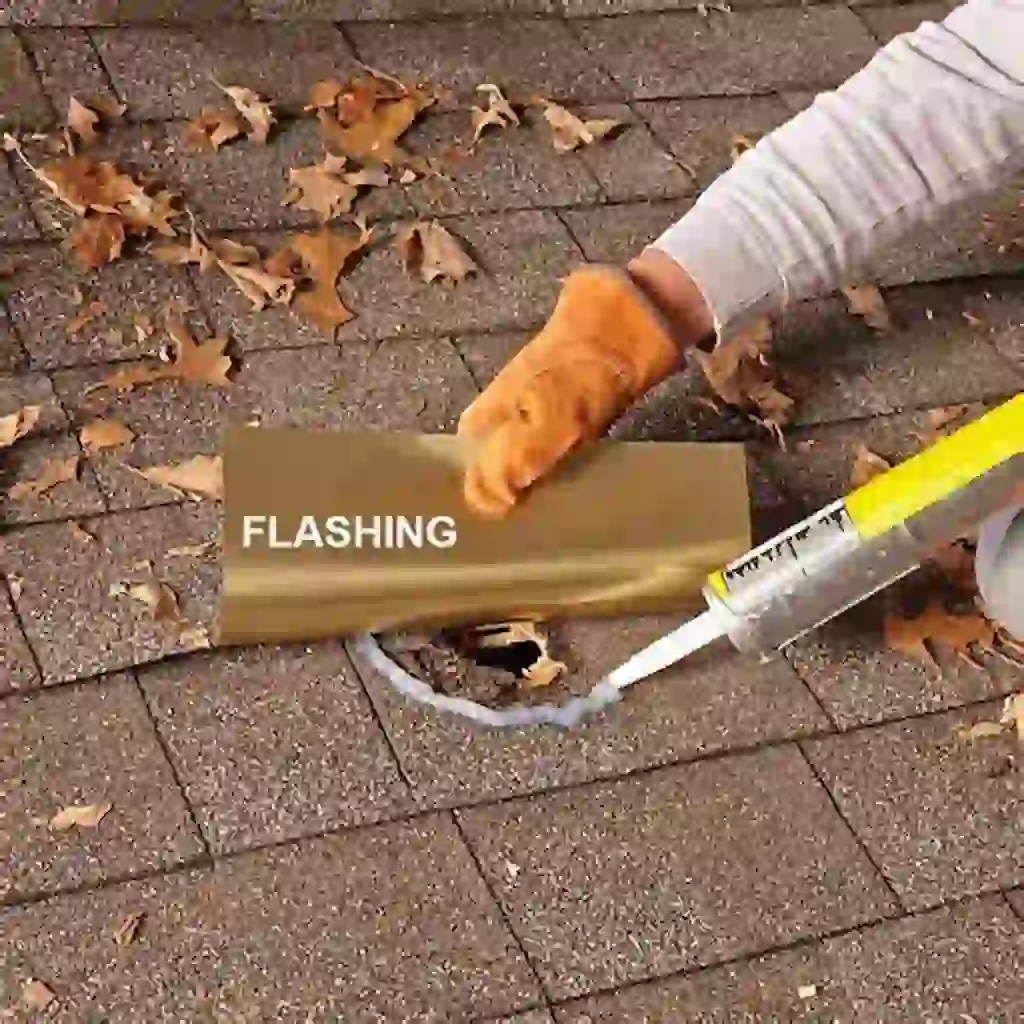
For holes up to a few inches wide:
- Remove damaged shingles, If you’re dealing with broken or missing shingles, see our step-by-step guide on Fix Broken Shingles: DIY Roof Repair Guide (2025).
- Cut a patch of roofing material slightly larger than the hole
- Apply roofing cement around the hole
- Press the patch into place
- Nail down the patch and cover nail heads with roofing cement
Repairing Large Holes
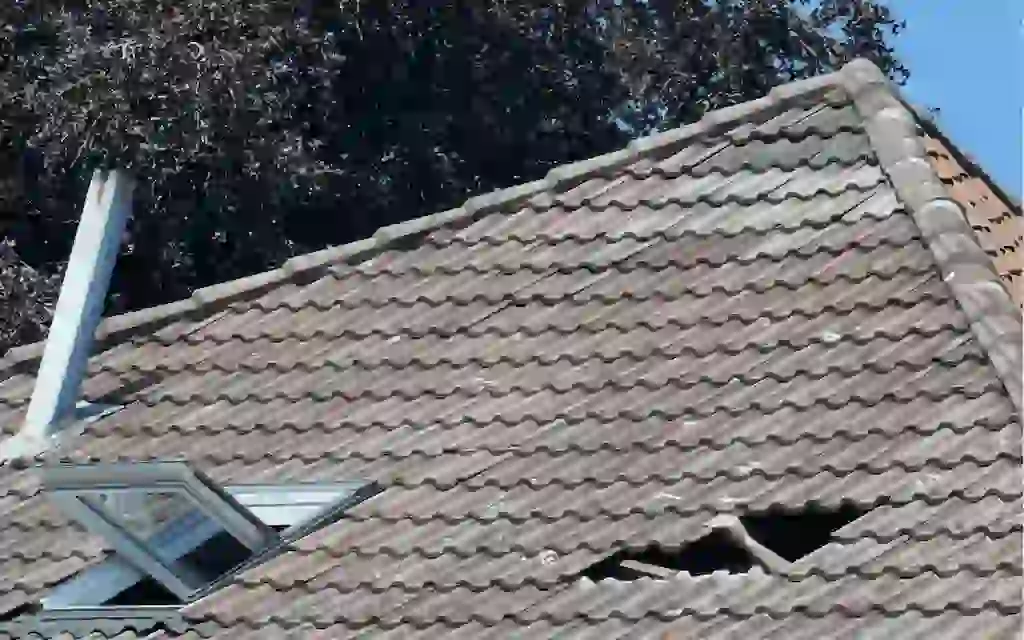
For significant damage:
- Remove damaged shingles and decking
- Cut new plywood to fit the hole
- Install new framing if necessary
- Secure the new plywood
- Apply tar paper and new shingles
Step-by-Step Large Hole Repair
- Remove damaged shingles using a pry bar
- Cut out the damaged decking with a circular saw
- Build a new frame with 2×4 lumber
- Install a plywood patch
- Apply tar paper over the patch
- Install new shingles, starting from the bottom
Temporary Solutions
If you can’t make permanent repairs immediately:
- Cover large areas with a tarp, extending it beyond the damaged section
- Use roofing tape for quick, temporary seals on small leaks
Advanced Roofing Technologies in 2025
The roofing industry has seen significant advancements:
- Drone inspections for safer and more accurate damage assessment
- AI-powered maintenance systems for early detection of potential issues
- New, more durable roofing materials that are easier to repair
When to Call a Professional
While many roof repairs can be DIY projects, some situations require expert help:
- Extensive structural damage
- Steep or dangerous roof conditions
- Lack of proper tools or safety equipment
- Uncertainty about the extent of the damage
Professional roofers have the skills and equipment to handle complex repairs safely and effectively.
Preventing Future Roof Damage
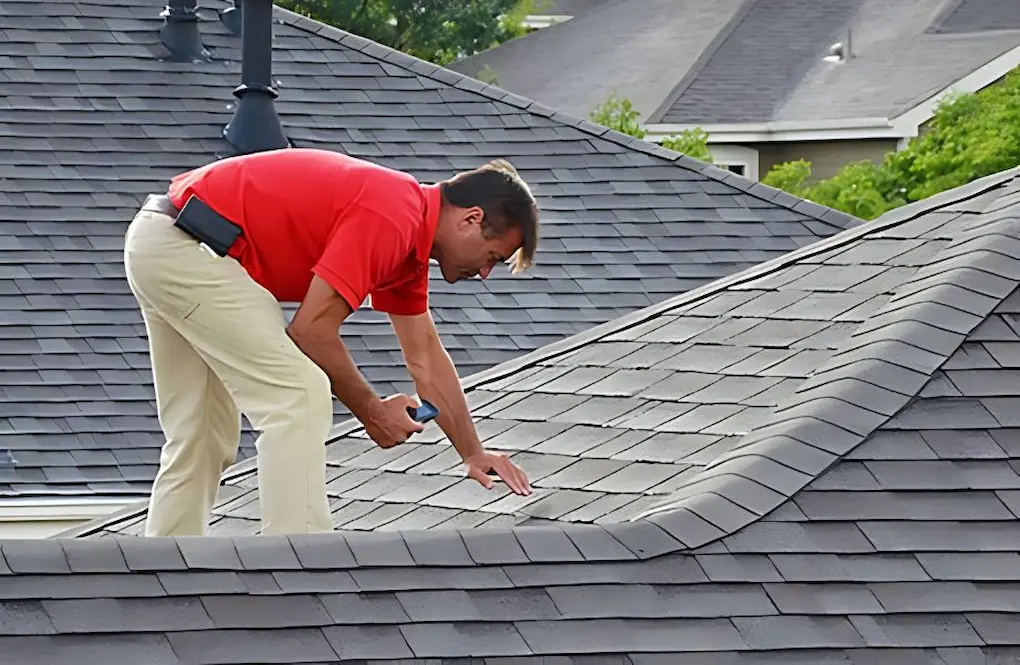
Regular maintenance can prevent many roofing issues:
- Conduct bi-annual roof inspections
- Clear debris regularly
- Trim overhanging tree branches
- Address small issues before they become big problems, For tips on small jobs and minor repairs, refer to our DIY Roof Repair Guide: Tackling Small Jobs and Minor Repairs in 2025.
By staying proactive, you can extend the life of your roof and avoid costly repairs.
Remember, your safety is paramount. If you’re unsure about any aspect of roof repair, it’s always best to consult with a professional roofing contractor. They can ensure that repairs are done correctly and your roof remains in top condition for years to come.

